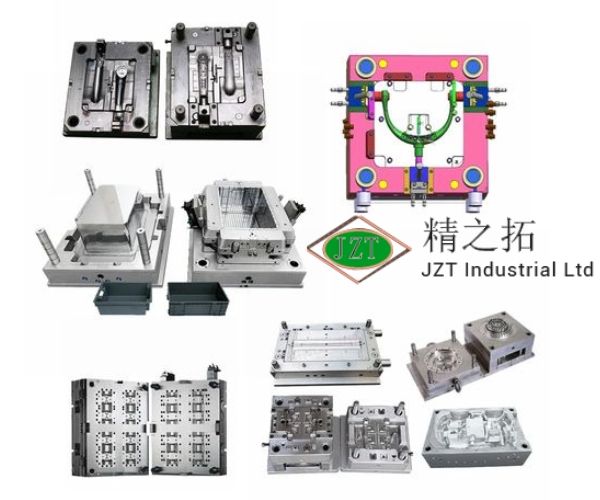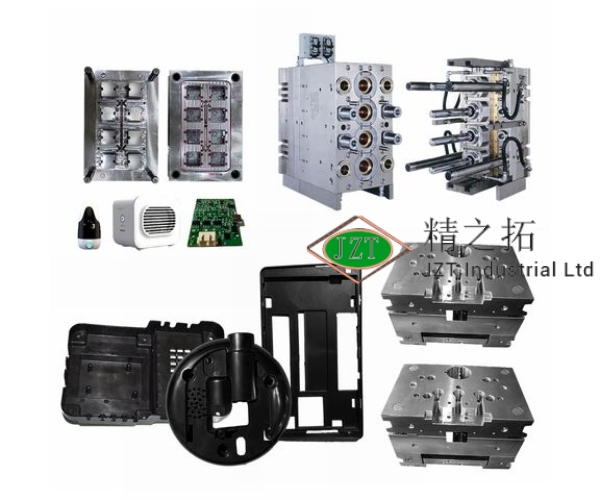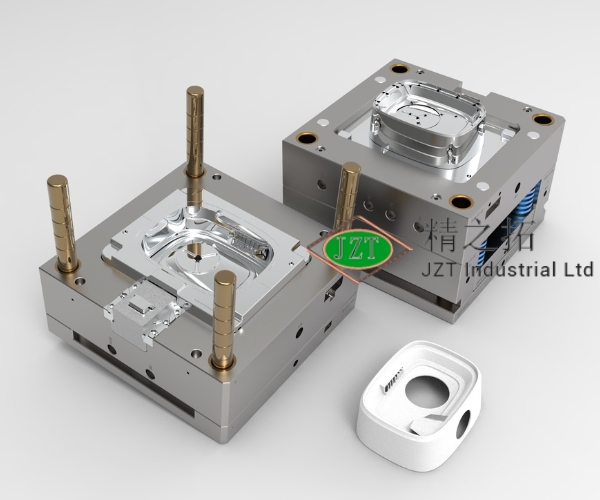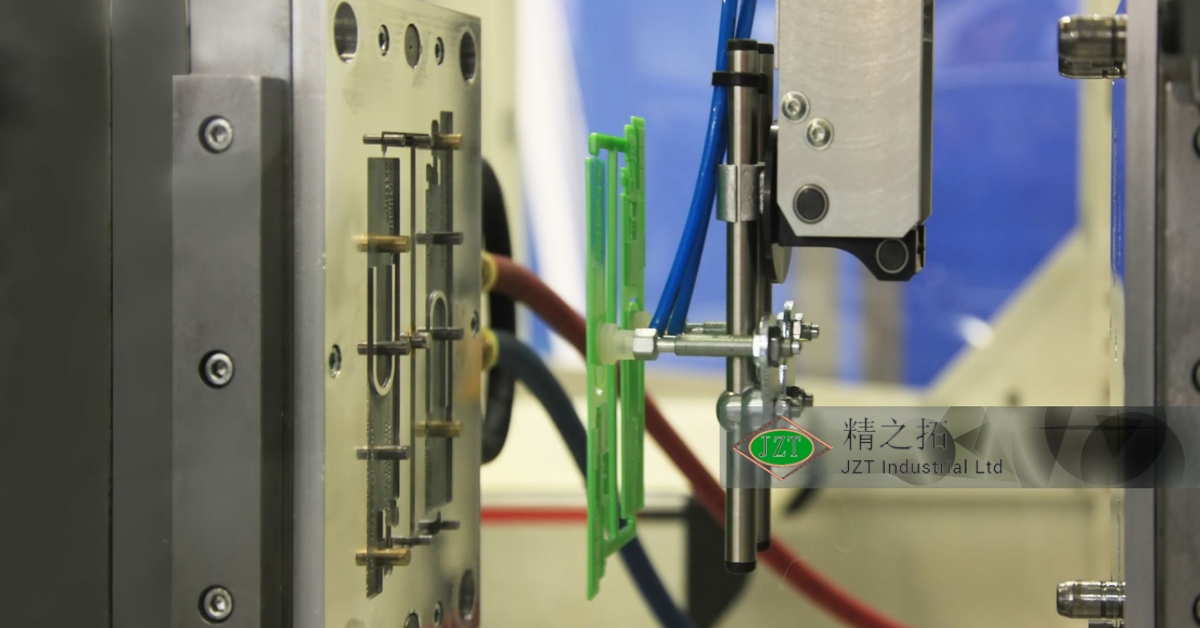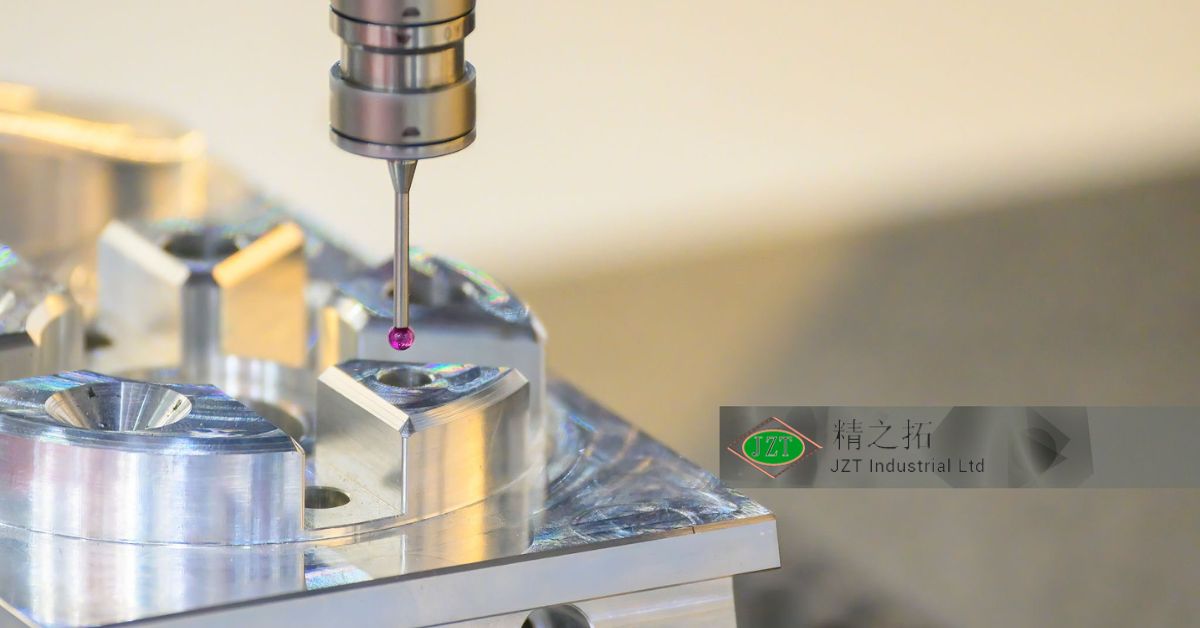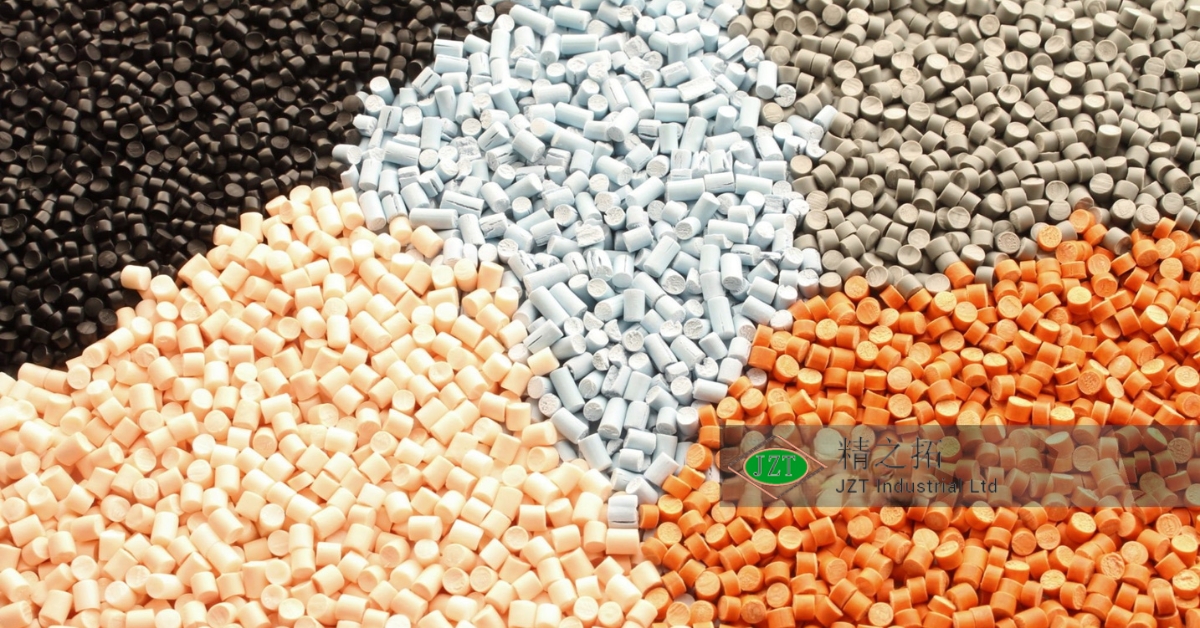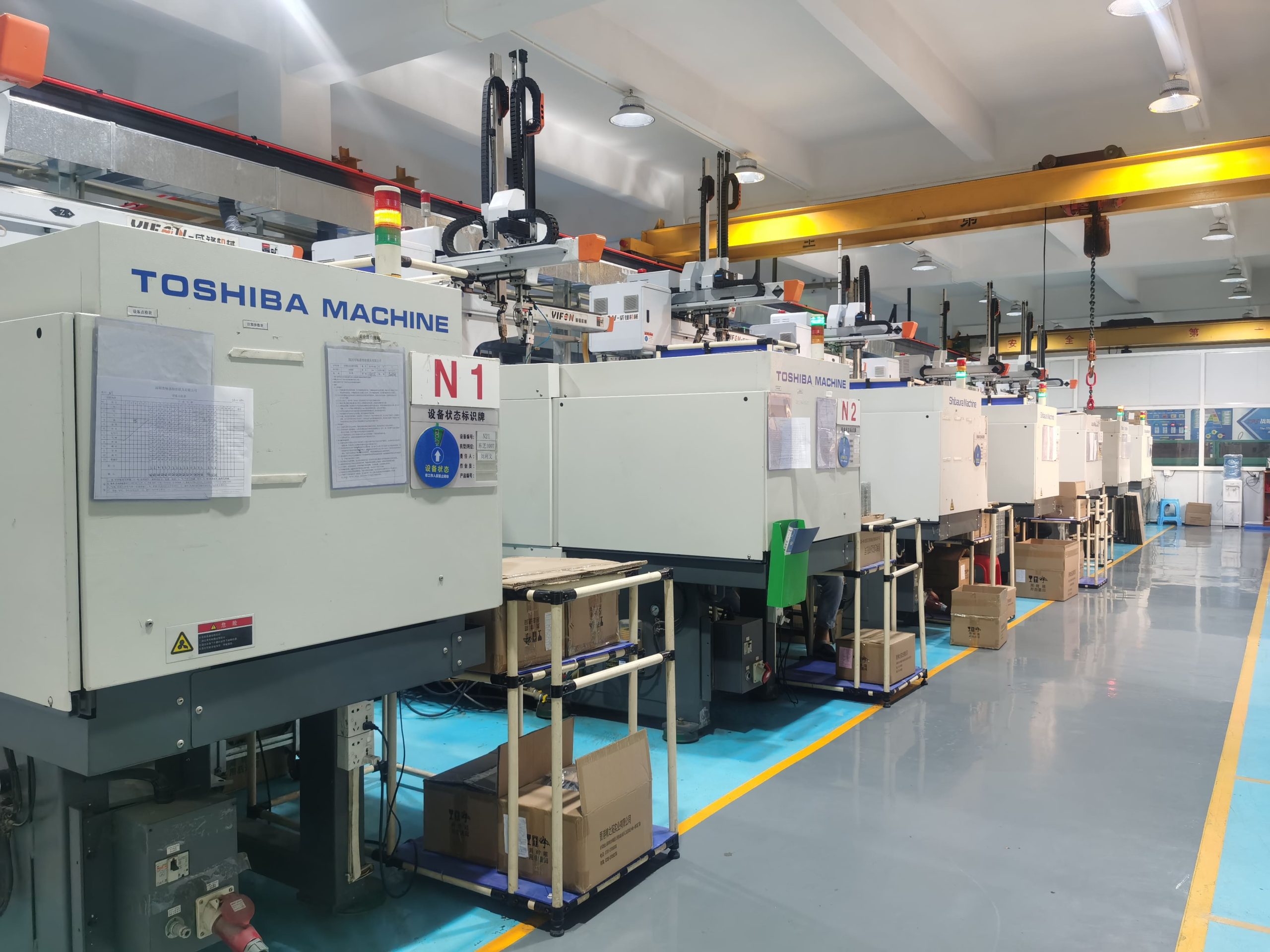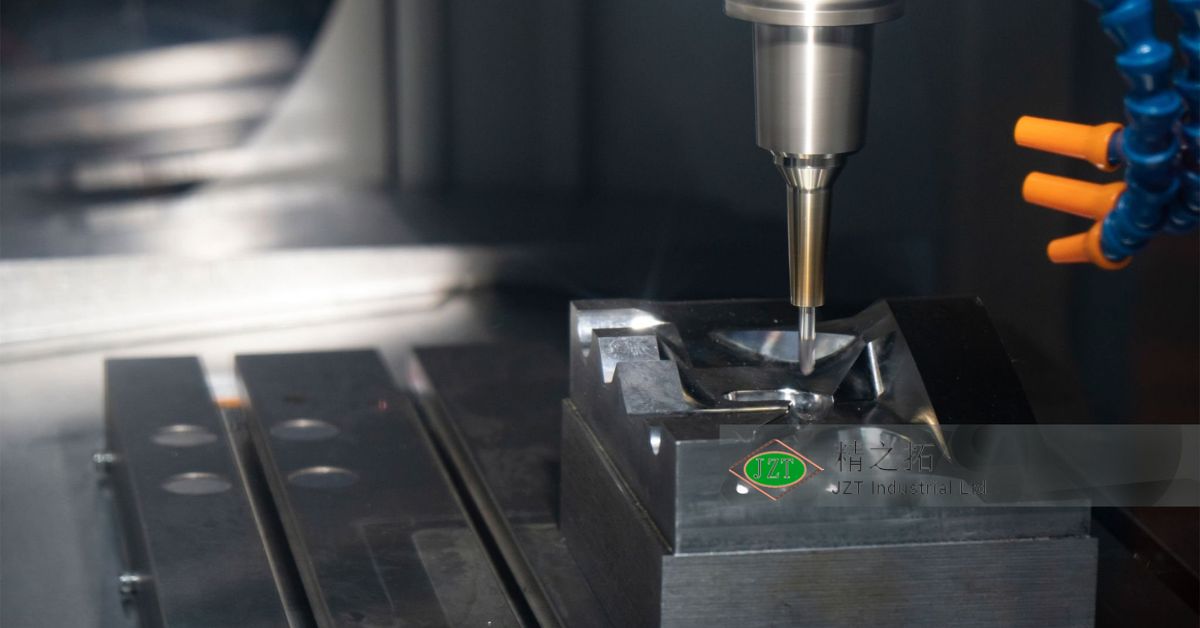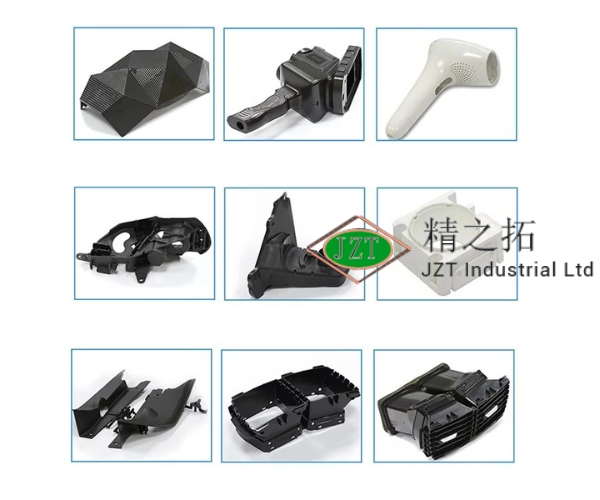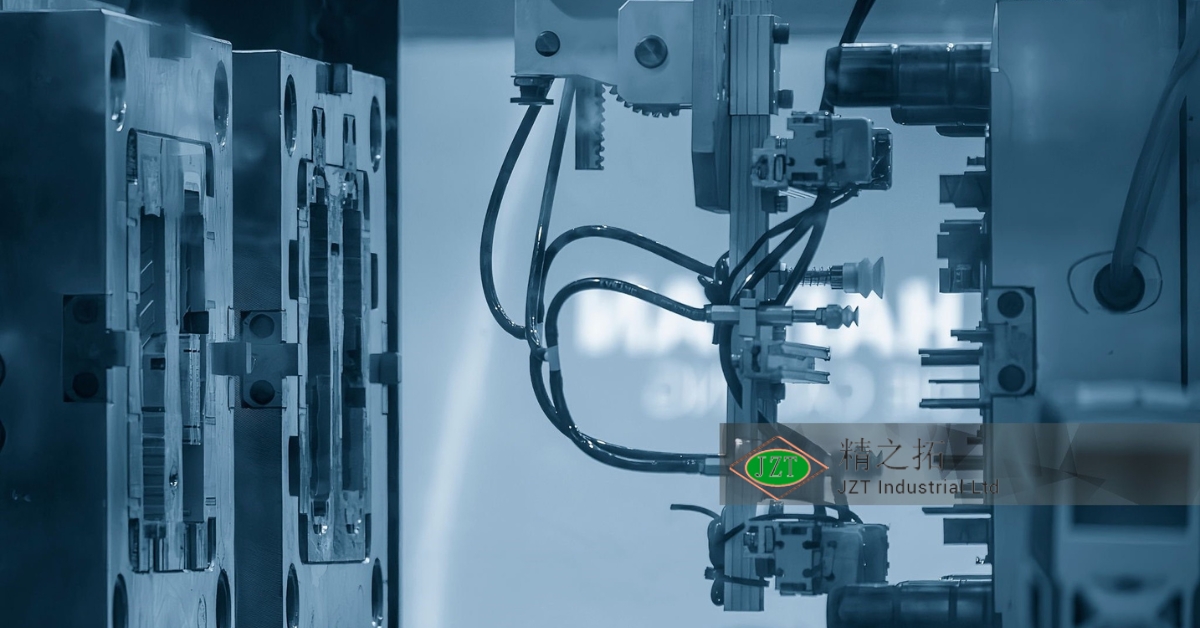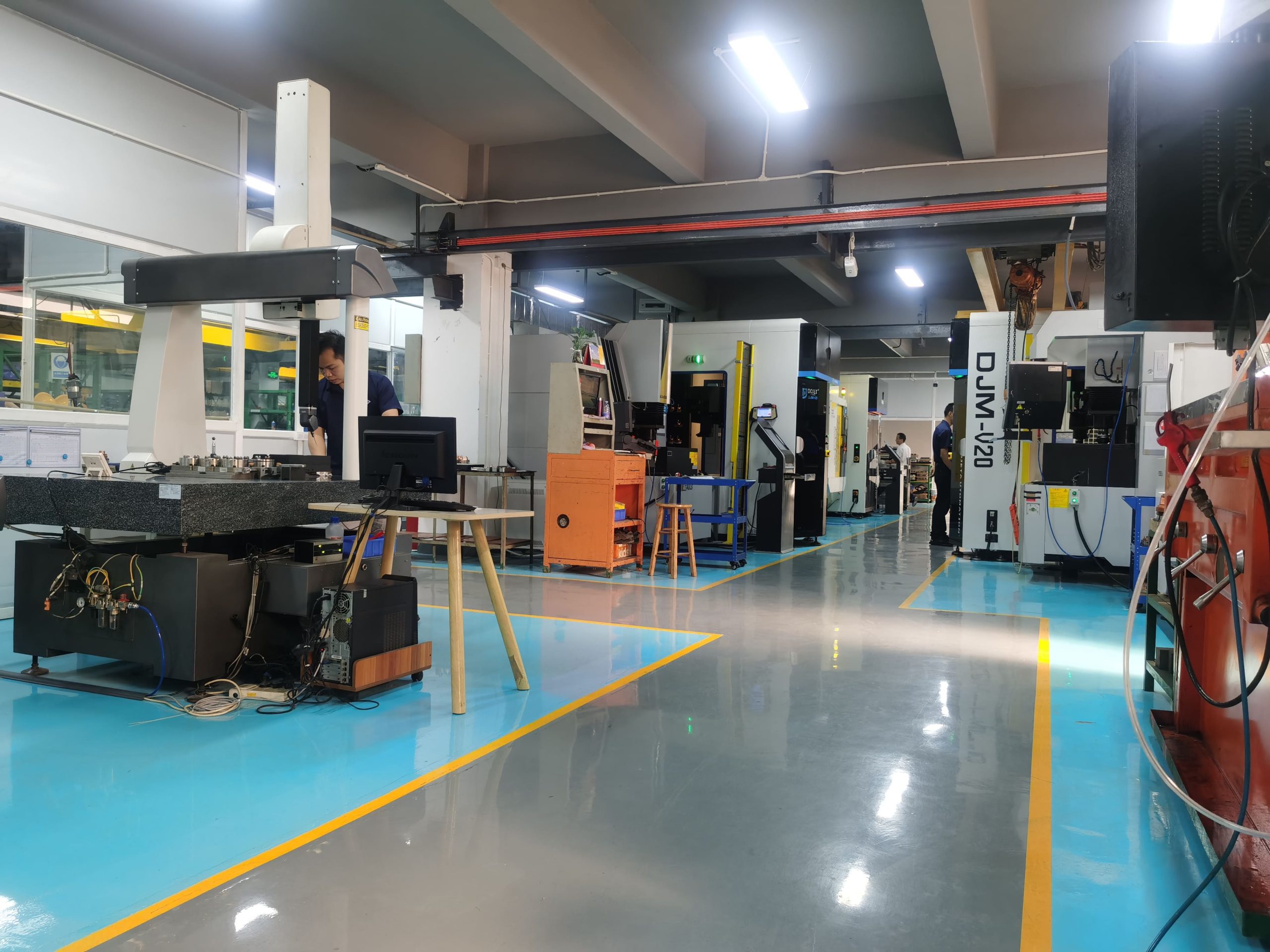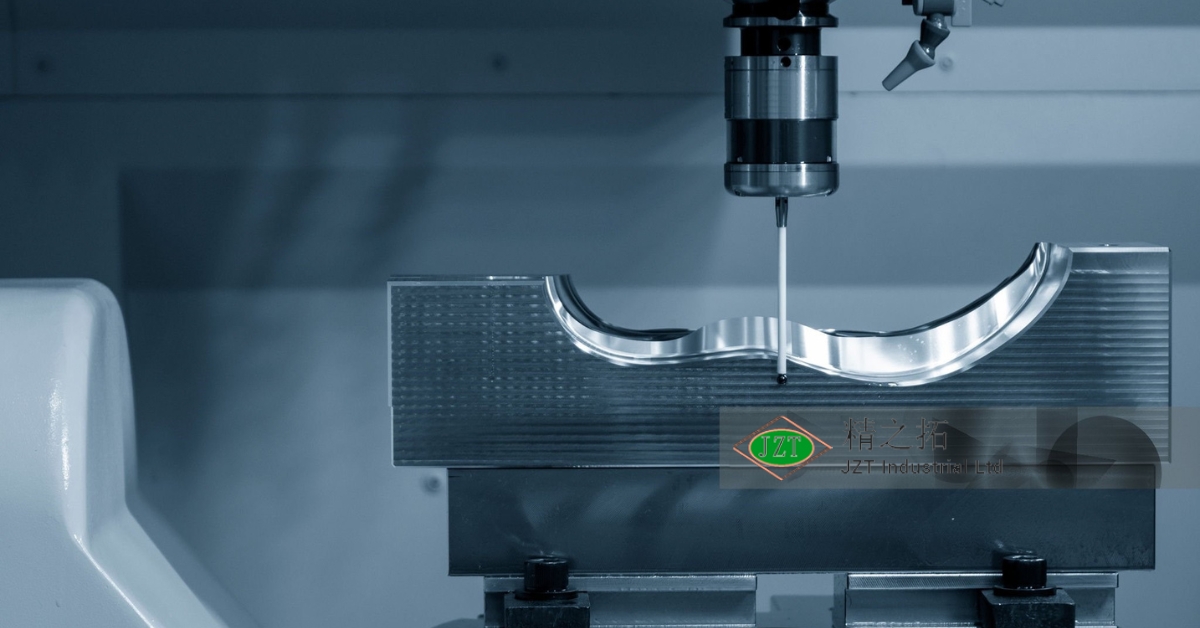導入
The Importance of Cycle Time in Plastic Injection Molding
Cycle time is a fundamental metric in the manufacturing world, particularly in プラスチック射出成形. Defined as the time required to complete one full cycle of the injection molding process, it encompasses everything from filling the mold with molten plastic to cooling, solidifying, and ejecting the final product. Cycle time plays a critical role in determining production efficiency, with shorter cycles meaning faster output and lower operational costs. For manufacturers in high-demand industries like automotive, electronics, and consumer goods, finding ways to reduce cycle time in injection molding without sacrificing quality is essential.
Reducing cycle time can enhance productivity, cut down on energy and labor costs, and boost profitability. However, it must be done carefully to maintain the integrity of the final product. Speeding up production can lead to quality compromises if not managed with precision. This guide delves into effective strategies and methods that プラスチック部品メーカー can use to shorten cycle times while ensuring that カスタムプラスチック部品 remain durable, accurate, and defect-free. Through this approach, manufacturers can increase their output without sacrificing quality, reliability, or client satisfaction.
Understanding the Components of Cycle Time in Injection Molding
In plastic injection molding, the cycle time is made up of several distinct phases, each of which contributes to the total time needed to produce a part. By examining each component, manufacturers can identify specific areas where adjustments can be made to reduce time without compromising the final product’s quality. Let’s break down the core stages of the injection molding cycle and the factors that influence each stage.
Stages of the Injection Molding Cycle
- Injection Time: This is the period in which molten plastic is injected into the mold cavity. The injection time depends on factors like material viscosity, mold design, and the injection speed of the machine. Reducing injection time can involve adjusting injection speed and pressure settings to balance filling speed with precision.
- 冷却時間: Cooling is the most time-consuming part of the cycle, as the molded part needs to solidify and reach the required stability before it can be safely ejected. Cooling time is influenced by factors such as wall thickness, part geometry, and the thermal properties of the material. Managing cooling time is crucial for effective cycle time reduction and requires optimizing mold and material choices.
- Ejection Time: Once the part is solidified, the mold opens, and the part is ejected. Ejection time depends on factors like mold design and automation. Efficient ejection systems and smooth mold surfaces can reduce this phase significantly.
- Total Cycle Time: When combined, these phases make up the total cycle time. Each second saved at any stage results in a faster overall cycle, which is crucial for manufacturers aiming to increase output and productivity.
Factors Impacting Cycle Time
Several factors directly influence the cycle time of injection molding. Material selection plays a significant role, as certain plastics cool faster or have properties that allow for higher-speed molding. Mold design is also essential, with considerations like wall thickness, cooling channel placement, and cavity number affecting cooling efficiency. Machine capability matters too, as advanced machines with precise controls can adjust pressures and temperatures more efficiently, shortening cycle times. Recognizing these factors and knowing how to manipulate them allows manufacturers to optimize cycle time without risking the quality of the finished product.
Key Benefits of Reducing Cycle Time in Plastic Injection Molding
Reducing cycle time in plastic injection molding can be transformative for manufacturing efficiency and overall profitability. Here are some of the primary advantages:
Increased Production Output
Shorter cycle times enable manufacturers to produce more parts in a given timeframe. For high-volume production, this increase can have a significant impact on meeting market demand and allowing for rapid order fulfillment. For example, reducing cycle time by even a few seconds can lead to substantial gains in output across thousands of cycles, directly benefiting a プラスチック部品メーカー aiming for high productivity.
Lower Operational Costs
When machines run more efficiently, operational costs go down. Reducing cycle time reduces machine hours, energy consumption, and maintenance needs. By minimizing machine idle time and maximizing uptime, manufacturers can see substantial cost savings over time. This reduction in energy costs is especially critical as energy prices rise and manufacturers look for ways to operate sustainably and economically.
Improved Competitive Edge
For any plastic parts manufacturer, maintaining a competitive edge is essential. Shorter production cycles allow manufacturers to respond more quickly to client orders, accommodate rush projects, and stay ahead of competitors. Clients often prioritize suppliers who can deliver quality parts faster, making reduced cycle time a valuable differentiator in the marketplace.
Sustainability and Waste Reduction
Efficient cycle times also contribute to sustainability. A faster cycle reduces material waste by minimizing defects and ensuring that resources are used optimally. Efficient energy usage aligns with sustainable practices, reducing the carbon footprint of manufacturing processes and supporting the growing demand for eco-conscious production.
Reducing cycle time benefits every aspect of the production process, from cost savings and efficiency to sustainability and customer satisfaction, making it an essential goal for manufacturers across industries.
Common Challenges in Reducing Cycle Time Without Affecting Quality
While reducing cycle time offers clear benefits, manufacturers often face challenges in balancing efficiency with quality. Without careful management, rapid production cycles can lead to defects and compromise the durability or accuracy of the final product. Here are some of the common obstacles manufacturers encounter:
Risk of Defects Due to Rapid Cooling
Cooling is the most time-intensive part of the cycle, and shortening it can lead to quality issues if not done correctly. Rapid cooling can cause warping, shrinkage, or incomplete filling, all of which compromise the structural integrity of the plastic parts. If cooling is rushed without proper adjustments, the final product may suffer from visible defects, affecting both functionality and appearance.
Mold Damage from Excessive Speed
Increasing the speed of the injection molding process without the right modifications can strain molds. Excessive wear and tear on molds reduces their lifespan, increasing replacement costs and downtime. Mold damage is especially problematic in the production of カスタムプラスチック部品, where specific molds are often designed for unique products. Manufacturers need to maintain a balance between speed and mold preservation to avoid frequent replacements.
Increased Injection Pressure and Temperature
To speed up the process, manufacturers may increase injection pressure or temperature. While these adjustments can help reduce fill times, they also risk damaging the mold or causing part defects like flash or burn marks. High injection pressure can lead to overpacking, while elevated temperatures may affect material stability. Careful calibration of these parameters is essential to prevent quality issues.
Balancing Efficiency and Product Quality
Efficiency and quality are both critical to successful injection molding. Reducing cycle time too aggressively can lead to a “production over quality” mindset, resulting in high defect rates and dissatisfied clients. Ensuring a balanced approach means assessing every adjustment to make sure it aligns with the manufacturer’s quality standards. Continuous monitoring and quality checks play a vital role in maintaining the high standards expected by clients, especially in high-precision industries.
Manufacturers must address these challenges thoughtfully to achieve the desired reductions in cycle time without compromising product quality or durability.
Effective Strategies to Reduce Cycle Time in Plastic Injection Molding
Achieving faster cycle times without sacrificing quality requires a multi-faceted approach that targets each stage of the molding process. Here are the most effective strategies for improving efficiency:
A. Optimizing Mold Design
- Use of Multi-Cavity Molds: By using multi-cavity molds, manufacturers can produce multiple parts in a single cycle. While multi-cavity molds require an initial investment, the long-term gains in efficiency can be significant.
- 均一な壁厚: Design elements like wall thickness impact cooling time. Uniform wall thickness ensures even cooling, reducing the risk of warping and speeding up the cooling phase. This design consideration can help lower cycle time without quality compromises.
- Gate Design Optimization: Choosing the right gate type and location helps improve mold filling and minimize injection time. Gates placed strategically prevent flow restrictions and enable faster filling, leading to a shorter cycle.
- Venting and Runner Systems: Proper venting releases trapped air, preventing defects, while efficient runner design ensures a smooth material flow. By optimizing the runner system, manufacturers can reduce injection time and improve part quality.
B. Enhancing Cooling Efficiency
- Efficient Cooling Channel Design: Incorporating well-placed cooling channels speeds up the heat removal process. Cooling channels that are close to the part’s surface ensure rapid temperature control, leading to faster cycles.
- Using Conformal Cooling: Conformal cooling uses 3D-printed or custom channels that match the part’s geometry, allowing for more effective cooling. Conformal cooling is particularly effective for complex parts with unique shapes.
- Cooling Line Maintenance: Regular cleaning of cooling lines prevents blockages and ensures optimal heat transfer. Even minor blockages can slow down cooling time, so consistent maintenance is essential.
- Temperature Control and Automation: Using temperature control units allows for consistent and efficient cooling. Automation can ensure that cooling conditions are maintained accurately, reducing variability in cycle times.
C. Adjusting Process Parameters
- Optimizing Injection Pressure and Speed: Adjusting pressure and speed to reduce fill time can improve cycle efficiency. However, these settings must be carefully calibrated to avoid defects.
- Cycle Time Monitoring and Adjustment: Regularly monitoring cycle time data allows for adjustments based on real-time conditions. This ensures that the process remains optimized and helps identify any areas where time can be saved.
- Minimizing Packing Time and Hold Pressure: Shortening packing time and reducing hold pressure without compromising part integrity can reduce cycle time effectively. Manufacturers should experiment with these parameters to find an ideal balance.
- Using Advanced Molding Machines: Modern molding machines come with precision controls and advanced settings that make it easier to optimize cycle time. Investing in such machines can enhance both speed and quality.
D. Choosing the Right Materials and Additives
- Using Fast-Cooling Materials: Certain materials have faster cooling properties, allowing manufacturers to reduce cooling time. Materials like specific grades of polypropylene and ABS are known for quick solidification.
- Additives for Faster Cooling: Some additives can reduce cooling time without impacting part quality. Manufacturers can select additives that complement the plastic used to enhance cooling efficiency.
- Balancing Material Cost and Cycle Time Benefits: It’s important to weigh the cost of materials against the benefits of faster cycle times. Opting for a slightly more expensive material may be justified if it leads to significant time savings.
E. Automation and Robotics Integration
- Automated Part Ejection Systems: Robots can handle part ejection more quickly and efficiently than manual labor, reducing ejection time and allowing the mold to close faster for the next cycle.
- Automated Quality Control: Inline quality control systems can detect defects immediately, allowing for real-time adjustments. This automation helps maintain quality even with reduced cycle times.
- Post-Processing Automation: Automated trimming and inspection streamline secondary processes, reducing the time needed for finishing operations and allowing for quicker turnaround times.
- Cycle Time Monitoring and Reporting: Automation enables real-time cycle time monitoring, allowing operators to make instant adjustments. This helps optimize the entire cycle continuously, improving efficiency without risking quality.
These strategies help manufacturers achieve the ideal balance between shorter cycle times and high-quality output, setting a strong foundation for efficient, profitable production.
Advanced Technologies and Innovations to Reduce Cycle Time
New technologies are revolutionizing cycle time reduction by making each stage of injection molding more efficient. Here are some key innovations driving faster cycles in modern injection molding:
- 3D-Printed Molds and Conformal Cooling: 3D-printed molds allow for conformal cooling channels that mirror part geometry, providing faster, more uniform cooling. This technique is particularly beneficial for complex part shapes.
- High-Speed Injection Molding Machines: High-speed machines are specifically designed to handle faster cycle times without compromising part quality. These machines use precise controls to optimize injection, cooling, and ejection phases.
- Real-Time Monitoring Systems: The Internet of Things (IoT) and smart sensors collect data throughout the molding process, providing real-time feedback. This allows for instant adjustments to cycle parameters, reducing time and improving quality control.
- Simulation Software for Cycle Time Prediction: Simulation software enables manufacturers to predict cycle times during the design phase. By simulating various parameters, manufacturers can refine part and mold designs before production begins, optimizing cycle times and avoiding delays.
These technologies are transforming the injection molding industry, offering solutions that improve efficiency while maintaining rigorous quality standards.
FAQ Section
- What is the typical cycle time for plastic injection molding?
- The typical cycle time for plastic injection molding can vary between a few seconds and several minutes, depending on part complexity, material, and mold design.
- How can I reduce cycle time without impacting part quality?
- To reduce cycle time without compromising quality, focus on cooling efficiency, mold design optimization, and automation while monitoring process parameters carefully.
- Are there specific materials that cool faster in injection molding?
- Yes, certain materials like polypropylene and ABS cool faster and are commonly chosen for applications where quick cycle times are essential.
- What role does automation play in cycle time reduction?
- Automation enhances cycle time efficiency by speeding up part ejection, monitoring quality in real-time, and optimizing secondary operations, leading to faster and more consistent cycles.
- Can reducing cycle time increase production costs?
- While the initial investment in advanced machinery and automation can be high, the long-term cost savings from reduced cycle times generally offset these expenses, leading to overall cost efficiency.
Conclusion and Final Thoughts
Reducing cycle time in プラスチック射出成形 is a powerful strategy for manufacturers looking to increase efficiency, reduce costs, and maintain a competitive edge. However, it requires a careful balance to avoid compromising the quality and durability of the finished product. Through optimizing mold design, enhancing cooling efficiency, fine-tuning process parameters, and embracing advanced technology, manufacturers can achieve significant cycle time reductions without sacrificing quality. As industries continue to evolve and demand faster production cycles, manufacturers equipped with these strategies will be well-positioned to meet client expectations and drive sustainable growth. For those looking to refine their production process, consulting with experienced プラスチック部品メーカー and adopting innovative practices can pave the way for long-term success in a competitive marketplace.

